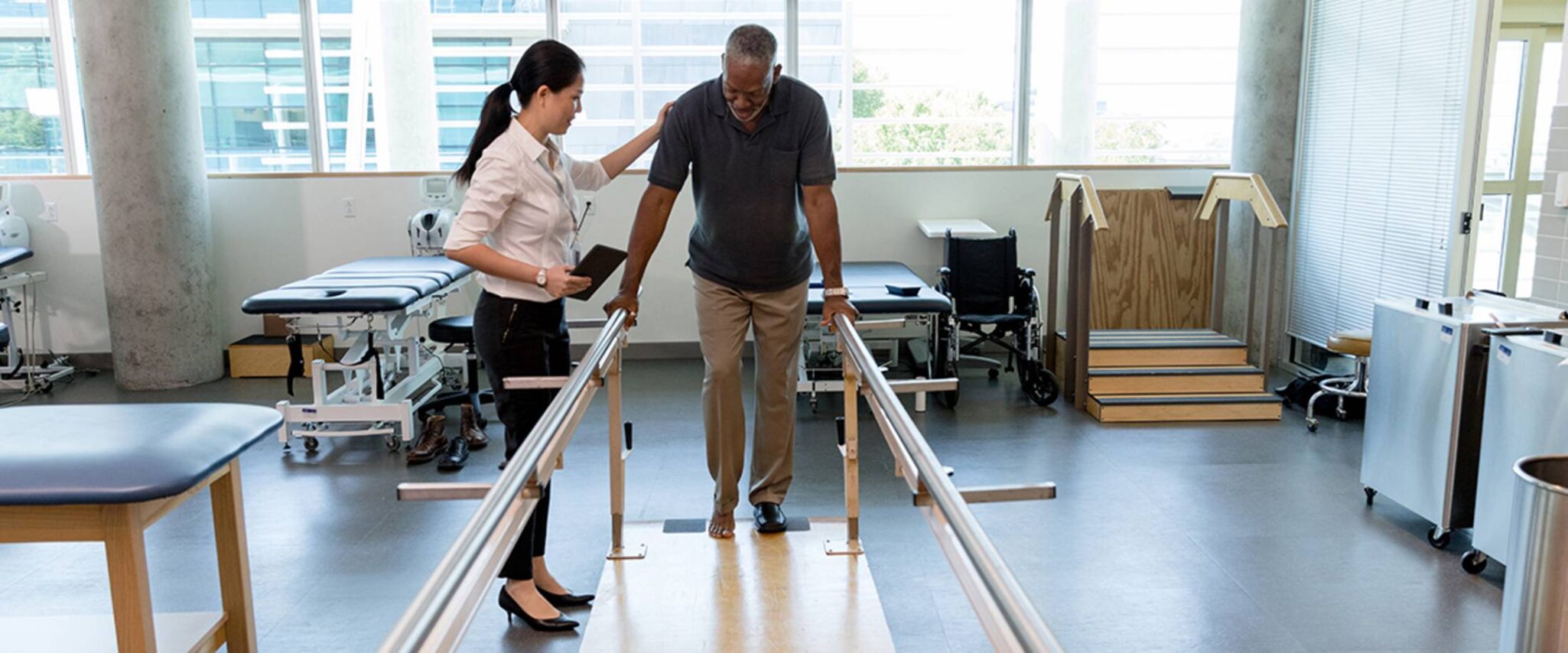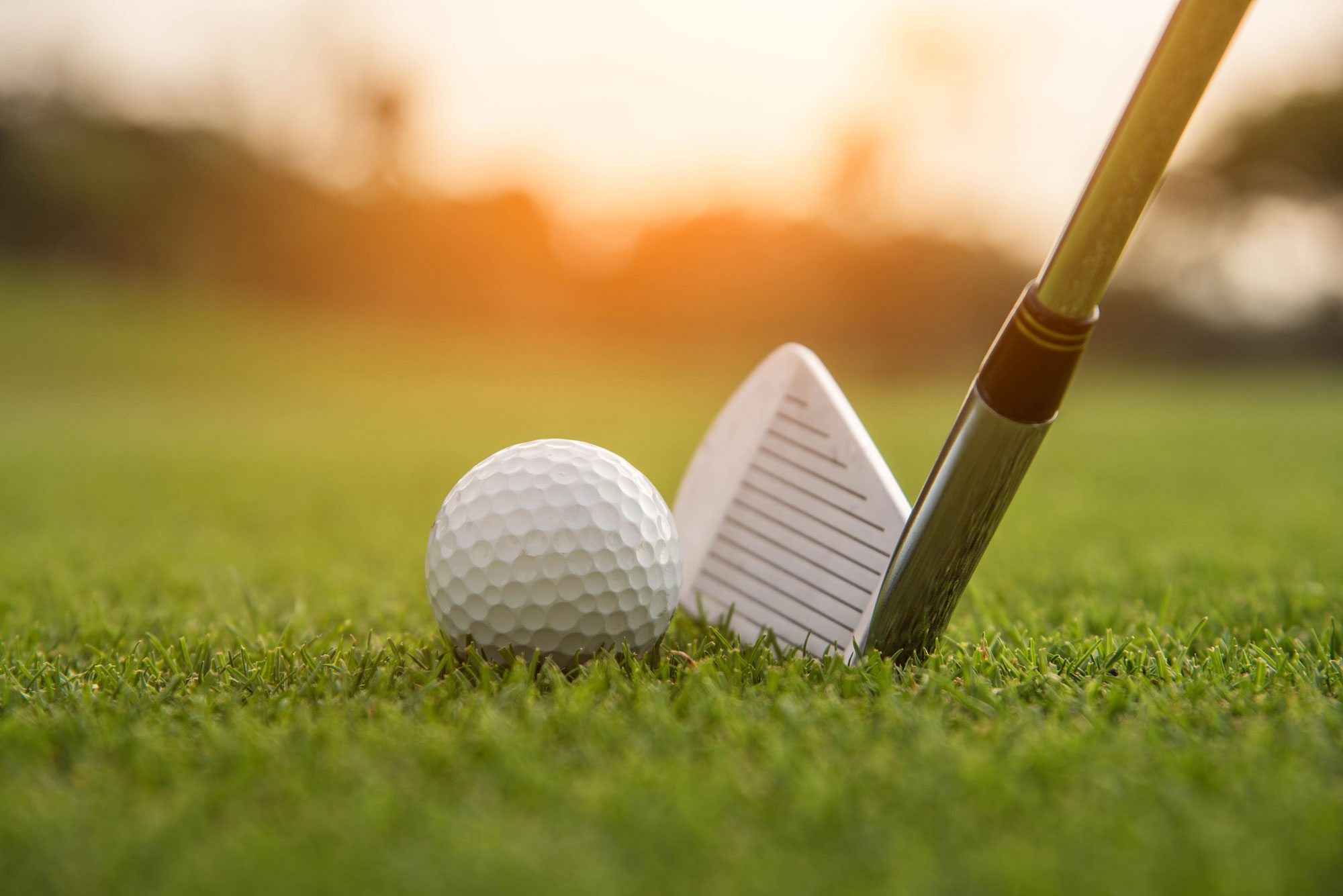What Is Post-Stroke Rehabilitation and How Does It Help?

The Benefits of Post-Stroke Rehabilitation for Stroke Recovery
If someone you love has suffered a stroke — the sudden interruption of blood flow within or to the brain that cuts off oxygen supply and results in the death of brain cells — you already know that most strokes result in some type of disability. If a stroke is recognized and treated immediately, the damage may be limited. In other cases, victims of stroke may lose significant functions such as the ability to walk, speak or eat, or may even lose their lives. The good news for survivors of stroke is that advances in modern medicine, improved understanding of neuroplasticity — the brain’s ability to “rewire” its circuits — and evolving post-stroke rehabilitation therapies can help restore some of what was lost.
What is post-stroke rehabilitation and how can it help?
According to the National Institute of Neurological Disorders and Stroke, each year around 800,000 people in the United States suffer a stroke. Of those, approximately two-thirds survive and need rehabilitation therapy. The goal of post-stroke rehabilitation is to evaluate the effects of the stroke and to work with the individual to improve or regain functions such as movement, strength, balance, mobility, speech and cognitive ability. MayoClinic.org reports that “people who participate in a focused stroke rehabilitation program perform better than most people who don’t have stroke rehabilitation.” Post-stroke rehabilitation — also called neurorehabilitation — can begin as early as 24-48 hours after a stroke, as long as the patient has been stabilized. A physician will work with the patient, family members and a rehabilitation team to develop an individualized plan for therapy.
Therapies used in post-stroke rehabilitation
It’s important to remember that a post-stroke rehabilitation program is not a one-size-fits-all approach. Each individual will have their own set of challenges depending on the part of the brain that was injured, so the exact methods and techniques used will be tailored to their specific needs. A number of different post-stroke rehabilitation exercises and therapies may be used, but a key factor in success is repetitive practice that’s focused and carefully directed. The following list gives an overview of the variety of therapies used to promote healing and recovery:
- Physical Activities: These may include motor-skill exercises to strengthen muscles and improve balance and coordination; range-of-motion therapy to release muscle tension and improve range of motion; or constraint-induced therapy, in which the unaffected limb is immobilized to encourage the use of the affected limb, thus increasing strength and function. In addition, mobility training may be used to help the individual learn to use mobility aids such as a cane, walker, wheelchair or brace.
- Technology-Assisted Physical Activities: As the name implies, these are therapeutic exercises and activities that employ technology to assist in creating a desired movement or effect. Post-stroke rehabilitation may use functional electrical stimulation, which is an electrical charge applied to muscles to cause them to contract, strengthening and retraining muscles for specific movements. Similarly, robotic devices may be used to help impaired limbs perform repetitive motions. Virtual reality in the form of video games and other therapies can help stimulate and motivate individuals as they interact in real time with a simulated environment, and wireless technologies can be used to monitor activity to encourage continued movement and practice.
- Cognitive and Emotional Therapies: Individuals who have suffered a stroke may experience a loss of or decrease in cognitive abilities such as memory, processing, judgment, problem-solving and social skills. The ability to communicate may also be affected, with many people losing the ability to speak, write, listen or understand what is being said to them. In these cases, occupational therapy and speech therapy are used to help relearn and regain these abilities.
Stroke can also affect an individual’s emotional and psychological well-being. While everyone is different, a stroke is a major life event, and it’s common for individuals to feel a significant sense of loss as they remember the life and abilities they had before. It can take time to come to terms with feelings of disbelief, denial, anger, grief and even guilt. For this reason, post-stroke rehabilitation usually includes psychological evaluation. Based on findings, treatment may include individual counseling, participation in a support group, medication or a combination of these. In addition to the post-stroke treatment and rehabilitation techniques already discussed, neuroscientists continue to study the brain’s ability to regenerate and rewire itself. Every day, all around the world, researchers are working to develop experimental therapies, ranging from noninvasive brain stimulation and biological solutions using stem cells to alternative medicine treatments including massage, acupuncture and oxygen therapy.
Finding a post-stroke rehabilitation program
Post-stroke rehabilitation typically begins while the individual is still in the hospital. However, before being discharged, most people who have suffered a stroke will work with family members, the hospital social worker, and their care team to decide the best course of action and the best setting to receive ongoing rehabilitation. Options range from inpatient rehabilitation units that are part of a hospital, free-standing post-stroke rehabilitation centers, or a skilled nursing community that offers specialized rehabilitation services. In some cases, you may consider an outpatient rehab center or home-based program, both of which have advantages as well as limitations.
Cypress Village, a winner of the U.S. News & World Report Best Nursing Home Short Stay Award for 2019-2020, offers a dedicated health center with senior rehabilitation services that include physical, occupational, and speech therapies, as well as specialized neurologic rehabilitation for people recovering from a stroke or dealing with the effects of multiple sclerosis or Parkinson’s disease. Direct admission is available. To learn more or if you have an immediate need, call us at 904-507-4962.




